The Wadden Sea has just been voted the best nature reserve in the Netherlands. Yes, the country is small and one of the most densely populated places on earth, but it’s got plenty of natural attractions. Here are some of the best places to get away from it all – just ignore the odd Highland cow or military training exercise.
1. Schiermonnikoog
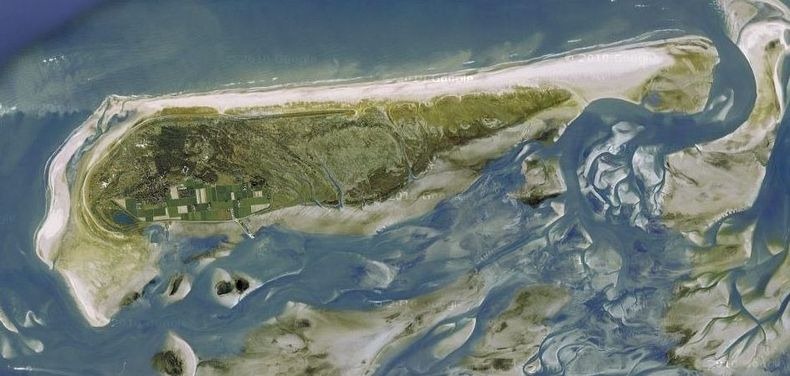
The island of Schiermonnikoog (‘Schier’ is Middle Dutch for ‘grey’ and refers to the colour of the habit of the Cistercian monks who cultivated the island in the 15th century, while ‘eye’ is another word for ‘island’)) is one of the six Dutch Wadden Islands and packs a lot of landscapes – beach, dunes, woods, salt marsh, tidal flats – into its 5,400 hectares. Only the locals are allowed cars on the island, so either rent a bike or walk, or take the bus from the ferry.
Schiermonnikoog is home to over 300 kinds of bird, hundreds of different plant species, including nine types of orchid, and has a permanent population of 942 which quadruples in the summer months. The place to stay on the island is the Van der Werff hotel: faded grandeur but with log fires in winter and you might spot the odd royal or celeb. Be aware that ferries tend to get cancelled in high winds during the winter months because of the risk of getting stuck on the mud flats.
2. Hoge Veluwe
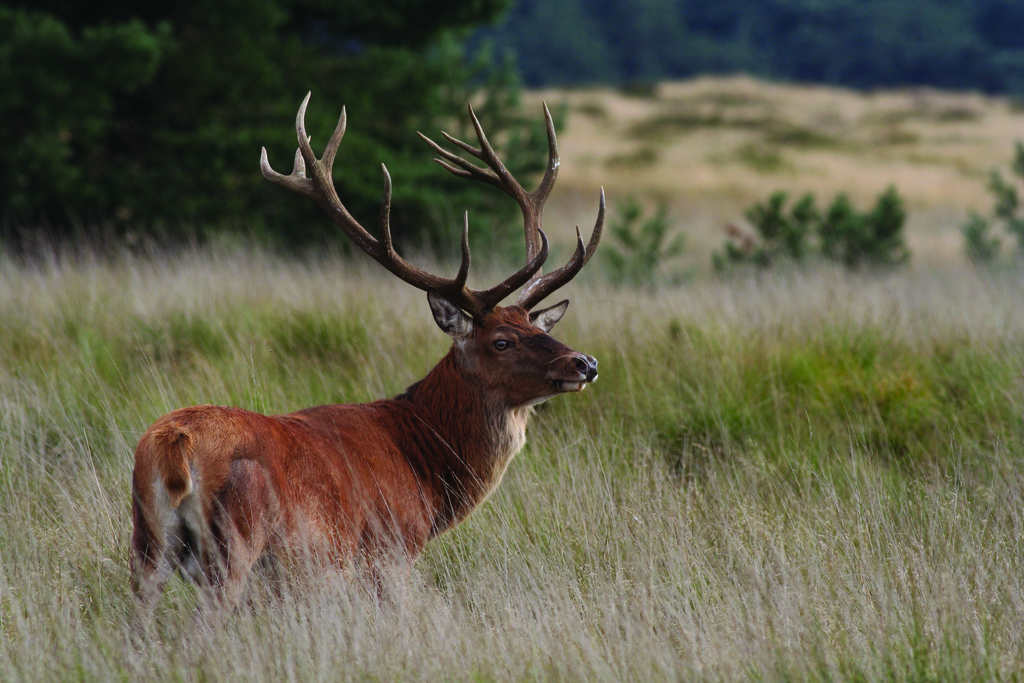
The beauty of some of the Dutch national parks is that they offer something for everyone. Take the Hoge Veluwe national park in the province of Gelderland. It’s a haven for nature lovers but also caters for those on whom the excitement of the call of the rare lesser spotted whatsit is lost. The park’s 5,400 hectares also house the Kröller-Müller museum, named after the wealthy couple who originally came up with the idea of combining culture and nature in their grounds.
The crisis of the Twenties put the whole project in doubt, but in 1935 a solution presented itself: the grounds were turned into a foundation and – thanks to a loan from the state – became a National Park. This means you have to pay to get in, although the the park’s 1,700 white bikes, or 50 white sledges when it snows, are free to use. The museum and its sculpture garden are a delight and so is the Jachthuis Sint Hubertus, the hunting lodge whose architect Hendrik Berlage became so exasperated at the Kröller-Müllers’ frequent interference with his design that he left in a huff.
3. Oosterschelde
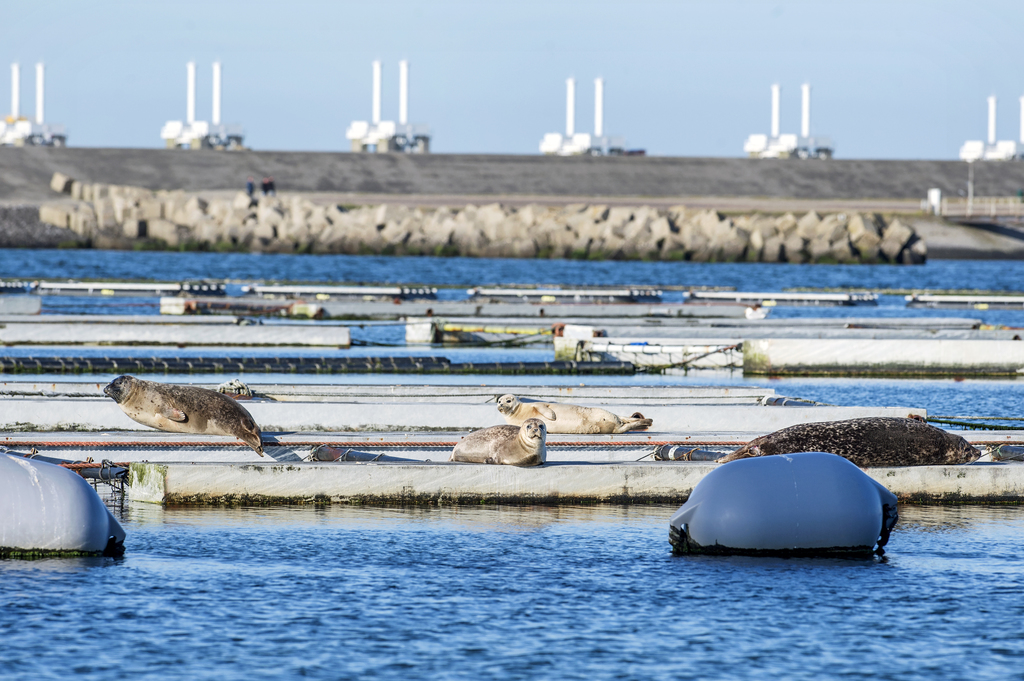
The Oosterschelde national park in the province of Zeeland measures 37,000 hectares, making the largest in the country. The Netherlands being the Netherlands (i.e. small and practical), nature and trade live side by side. The Oosterschelde sea arm is an important shipping route, with some 45,000 ships carrying cargoes, most of which are potentially disastrous for the thousands of birds which come to roost on its tidal flats.
The Zeeland mussel farms produce lovely fat – but non-fattening – mussels when there is an ‘r’ in the month, which must be paired with equally fat and calorific Belgian frites. The Oosterschelde storm surge barrier was the last part of the Delta project to be finished and one of the most fascinating attractions of the park is the museum dedicated to the 1953 flood which prompted this ambitious undertaking.
The Watersnoodmuseum in Ouwekerk is housed in four concrete Phoenix caissons, the type used to close the breached dikes. It has a wealth of photo and film material which show the devastating impact of the spring tide as it engulfed people, animals and farms on that catastrophic night of February 1.
4. The Texel Dunes
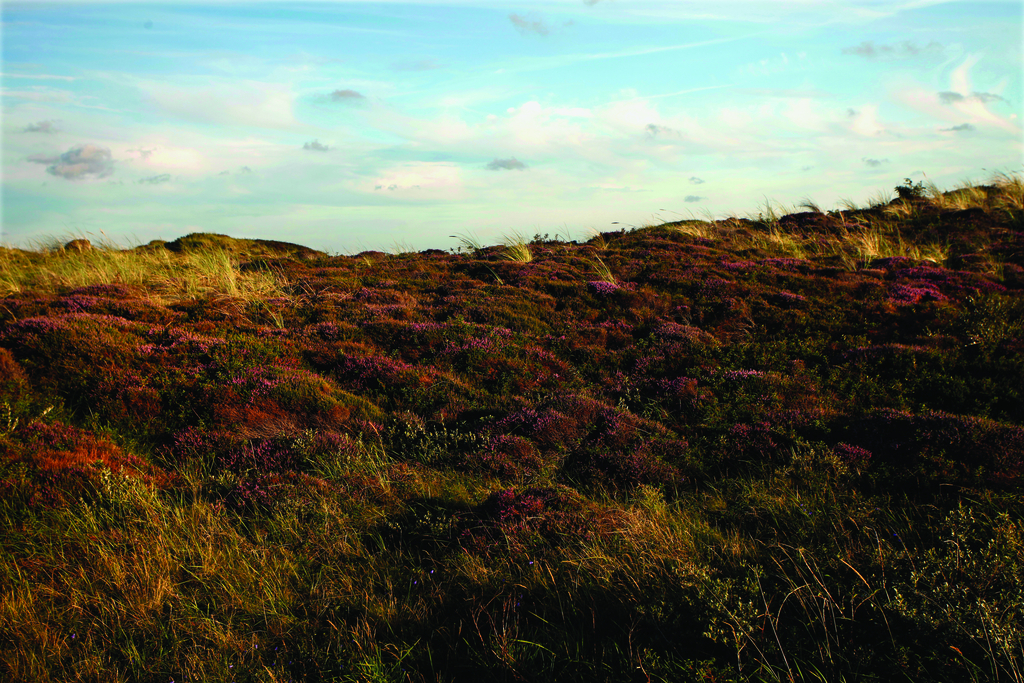
Texel is known as Europe’s last battlefield. In February 1945 the Germans stationed 800 Georgian prisoners of war on the island who had agreed to fight for the Nazis rather than starve to death in the PoW camp. On April 6 they rebelled and killed 400 Germans before being outnumbered after weeks of fighting. 117 Texelaars were killed. The surviving Georgian soldiers were sent back to the Soviet Union. Far from being rehabilitated, they most likely ended up in prison. The graves of the fallen can be seen at the Georgian cemetery Loladze, named after Shalva Loladze, the leader of the Georgian battalion.
5. De Zoom-Kalmhoutse Heide
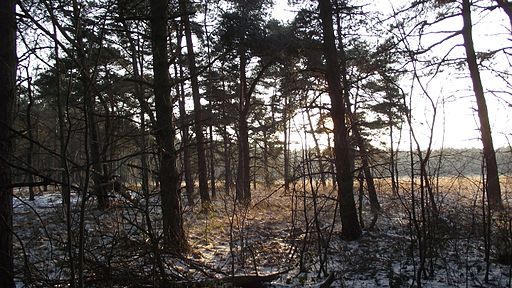
The Zoom-Kalmhoutse Heide straddles the border between the Netherlands and Flanders. Its website is positively lyrical, almost certainly due to the input of the more poetic Belgians: ‘When the weather turns dry and sunny the ripe pine cones explode and release their winged seeds. The black woodpecker’s ‘krukrukru’ echoes through the glades and the mating call of the buzzards reverberates among the trees. The woodlark marks his territory with his sweet-sounding ‘lululu’’…
The park, now some 6,000 hectares in size, was divided in 1843 when the Netherlands and Belgium became separate countries. All its landscapes – bogs, heath, pinewoods – are man-made. The woods, mostly on the Dutch side, were planted in the 19th century to provide fuel for factories and supports for mineshafts. The border also runs through the grounds of the Ravenhof-Moretusbos estate. Castle Ravenhof, a baroque pile built in 1710, is in Belgium while its extensive park and woods are on the Dutch side.
6. Oostvaardersplassen
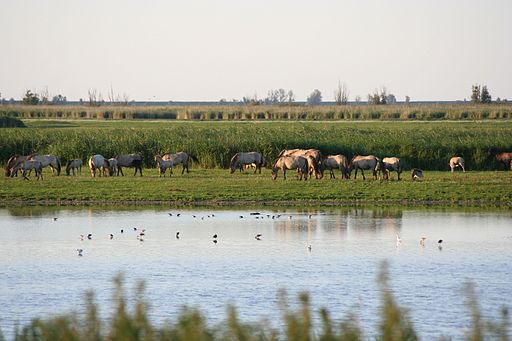
Nature reserve Oostvaardersplassen in the province of Flevoland became the focus of a public discussion a few years ago when a wild boar was spotted hanging around. It was shot forthwith by the park authorities on the grounds that it wasn’t supposed to be there.
The good news is that the park has become a breeding ground for sea eagles. Ospreys have also been spotted. Horses are allowed to shape the marshy landscape. They are left to ‘live naturally’ which means they are not fed in times of food shortages, another controversial aspect which highlights the challenges of wildlife management in the Netherlands.
7. Lauwersmeer
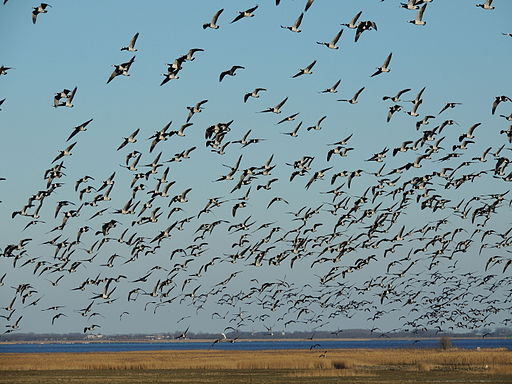
National Park Lauwersmeer in the province of Groningen (6,000 hectares) is another result of the Dutch keeping a wary eye on the sea. In 1969, a dam was built separating the then Lauwers sea from the Wadden sea in order to reduce the threat of flooding. The local fishermen were less than pleased to have to swap Zoutkamp harbour for Lauwersoog and reportedly flew the flags at half-mast when queen Juliana came to inspect the new dam.
The Lauwersmeer, now a freshwater lake, and the surrounding area became one of Western Europe’s most important bird sanctuaries. Recently the park has had some success encouraging sea eagles to nest there. The peace and tranquillity is broken every so often by military exercises in neighbouring Marnewaard.
The park has a number of landscapes each with its own particular flora. One of the best parts is Miss Ali’s patch, a piece of land named after a biologist who researched the plants in the area. In May and June the southern marsh orchids abound there and if you’re lucky you may spot the rare musk orchid.
8. De Grote Peel
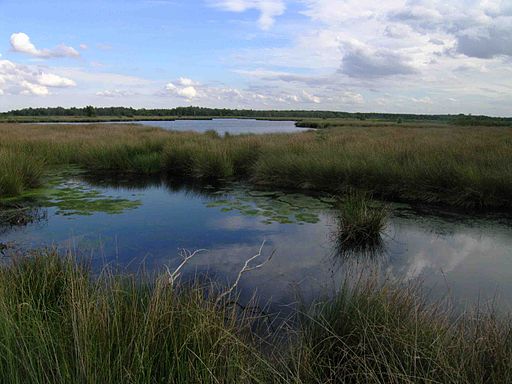
National Park De Grote Peel, on the border of Brabant and Limburg, is one of the few national parks that has no main roads, pylons or other structures to spoil the view. The park is a continuous stretch of raised bogs, a type of landscape of which just 4,000 hectares remain. The bogs used to take up 300,000 hectares and the resulting peat was used for fuel for centuries. In the 19th century peat began to be used on an industrial scale and by the 1930s reserves were all but depleted.
Peat cutting was a seasonal job and winter was a time of hardship for the workers. The endless boggy landscape gave rise to many stories. Will- o’-the-wisps (perhaps burning swamp gas), said to be the souls of dead children, would lure the unwary traveller into a labyrinth of paths to a certain death and it was said a Roman soldier drowned in the bog, his only legacy the gold and silver helmet found many centuries later by a peat cutter. It is thought the helmet was probably a 4th century votive offering.
9. Zuid-Kennermerduinen
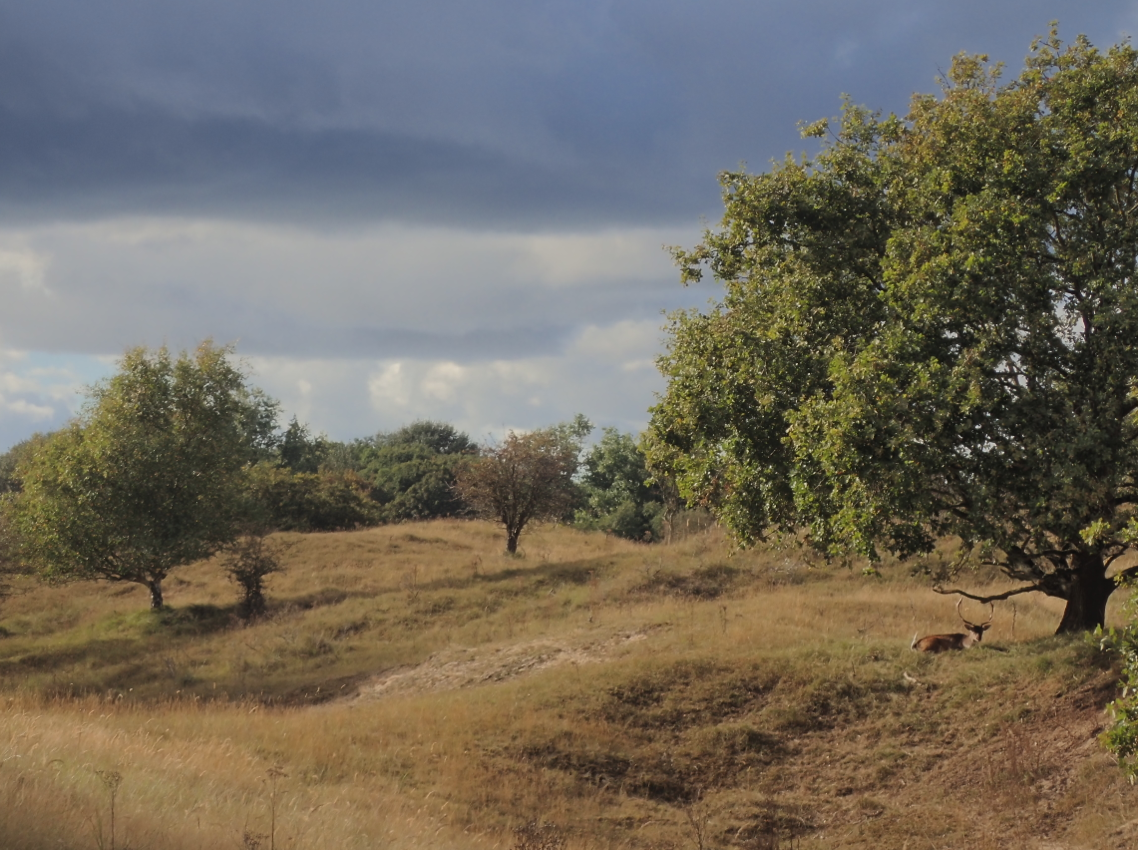
The national park Zuid-Kennemerduinen in the province of Noord-Holland is just a hop and a skip away from Amsterdam and busy city folk find their way there to cycle, walk or swim their stress away. Its 3,800 hectares is made up mostly of dunes and beach. Dutch people will remember being blackmailed by their parents into a ‘nice walk’ on a Sunday with the promise of a glass of lemonade at the Parnassia restaurant, which now goes by the trendier moniker of PaZ (Parnassia aan Zee, in case you thought it might have moved to the Hoge Veluwe, see above).
The Kennemerduinen were once the playground of rich traders whose grand houses are now part of the park. The grounds of the Duin and Kruidberg estate, for example, have been left to nature, with highland cattle to keep things in check while bats have taken over the ice house. The Beeckestein estate, on the other hand, preserves its fine formal gardens.
10. Washington Slagbaai
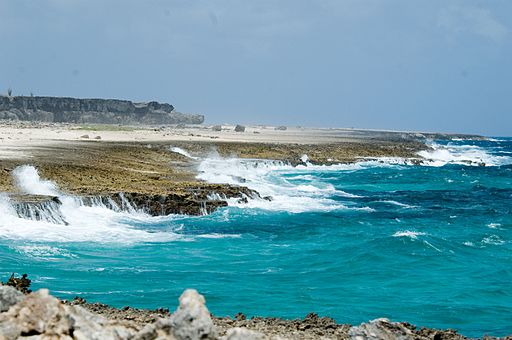
The Washington Slagbaai national park will take slightly longer to get to for most residents of the Netherlands. The Caribbean island of Bonaire, along with St Eustatius and Saba, used to make up the Dutch Antilles, but became special municipalities within the kingdom in 2010. The islands are now known as the Caribbean Netherlands.
The islands all have national parks but this one, established in 1969, is the oldest. The land was left to the government by the head of the powerful Herrera family who, afraid his heirs might sell it to developers, stipulated it should remain undeveloped so that locals could enjoy it. The park’s diverse landscapes include sand dunes, a beach, mangroves, saliñas and dry forest. Wind and a proliferation of semi-wild goats are threatening some of the island’s native plant species.
Bonaire is home to another pesky phenomenon, at least to some of the islanders: an increasing number of wealthy BN’ers (Dutch celebrities).